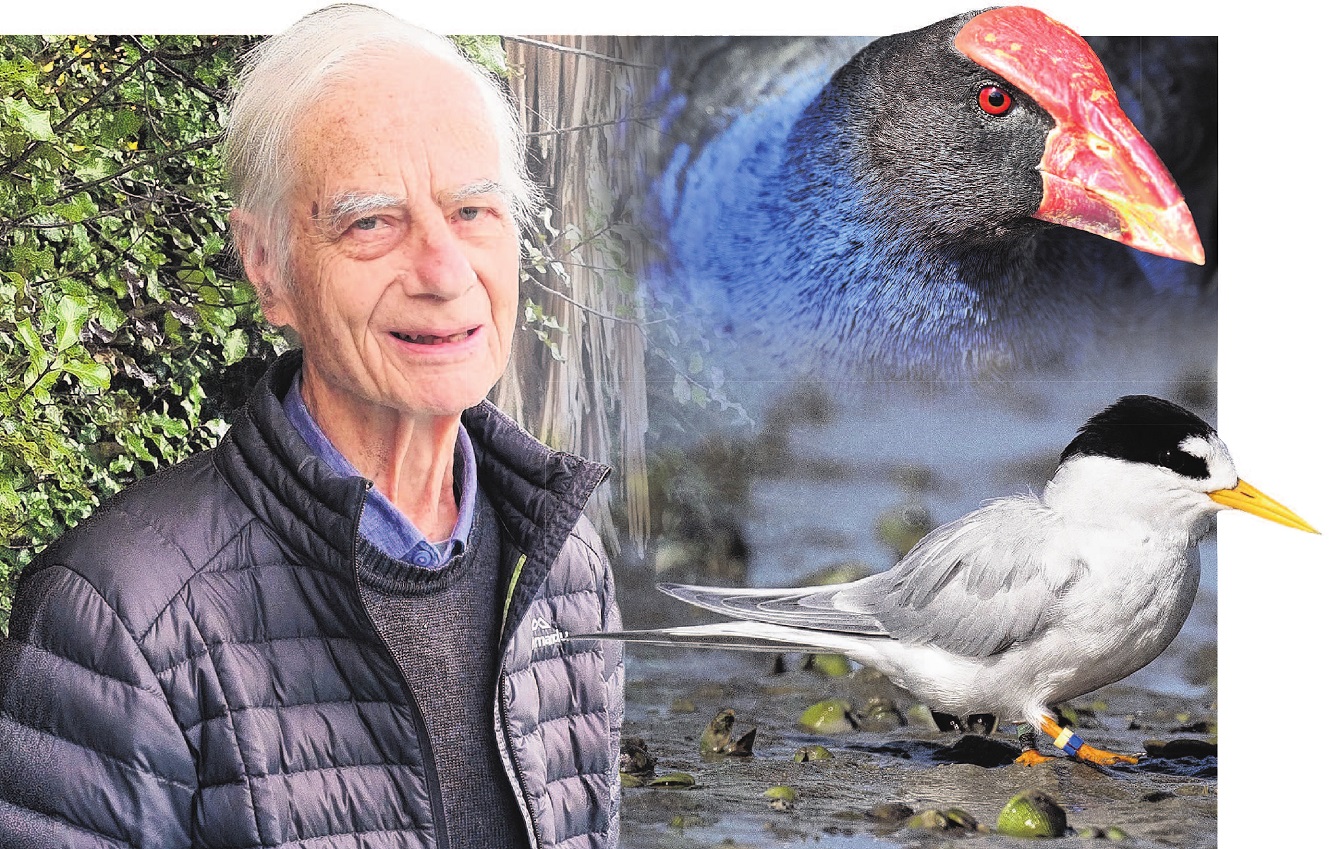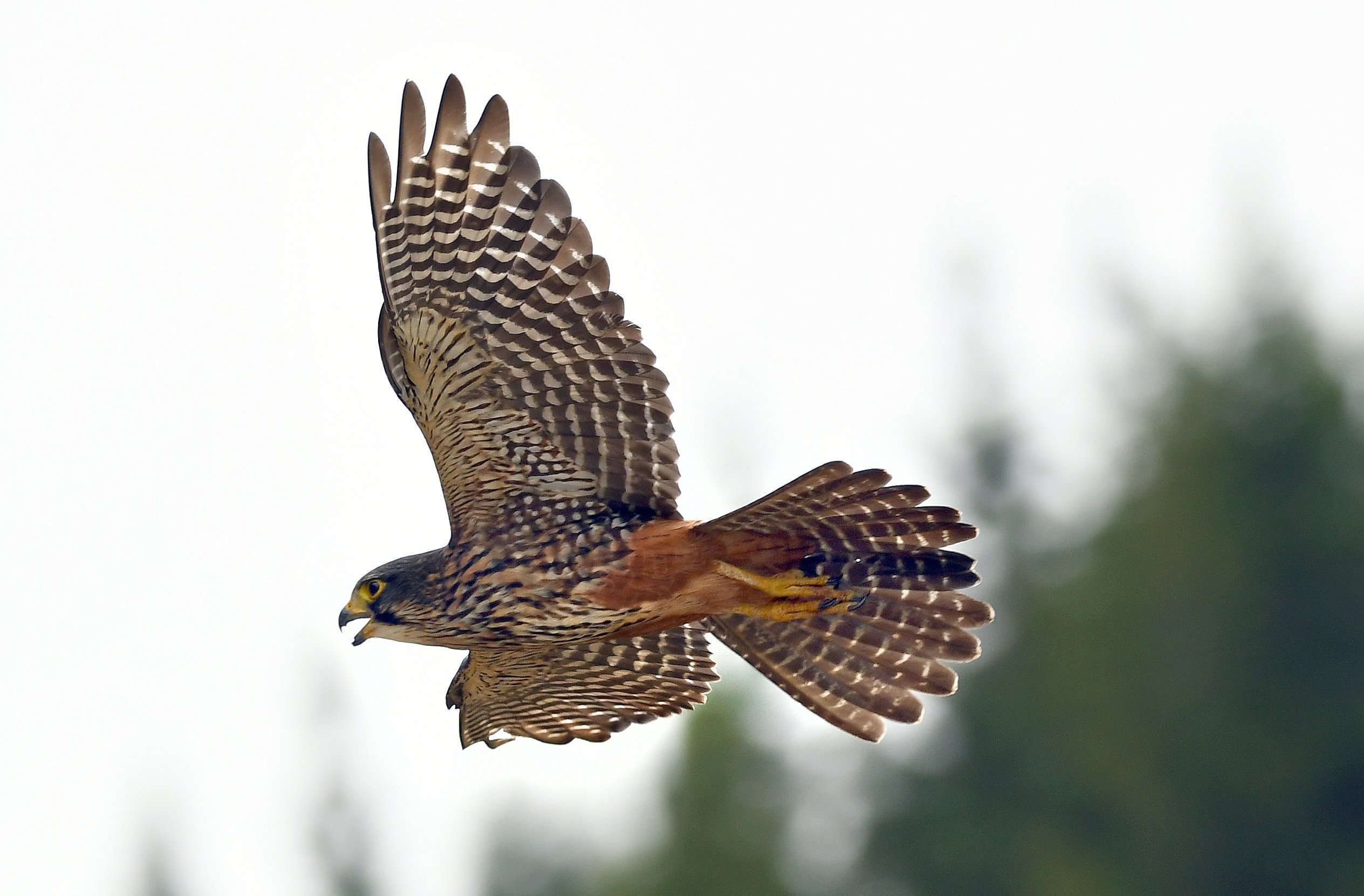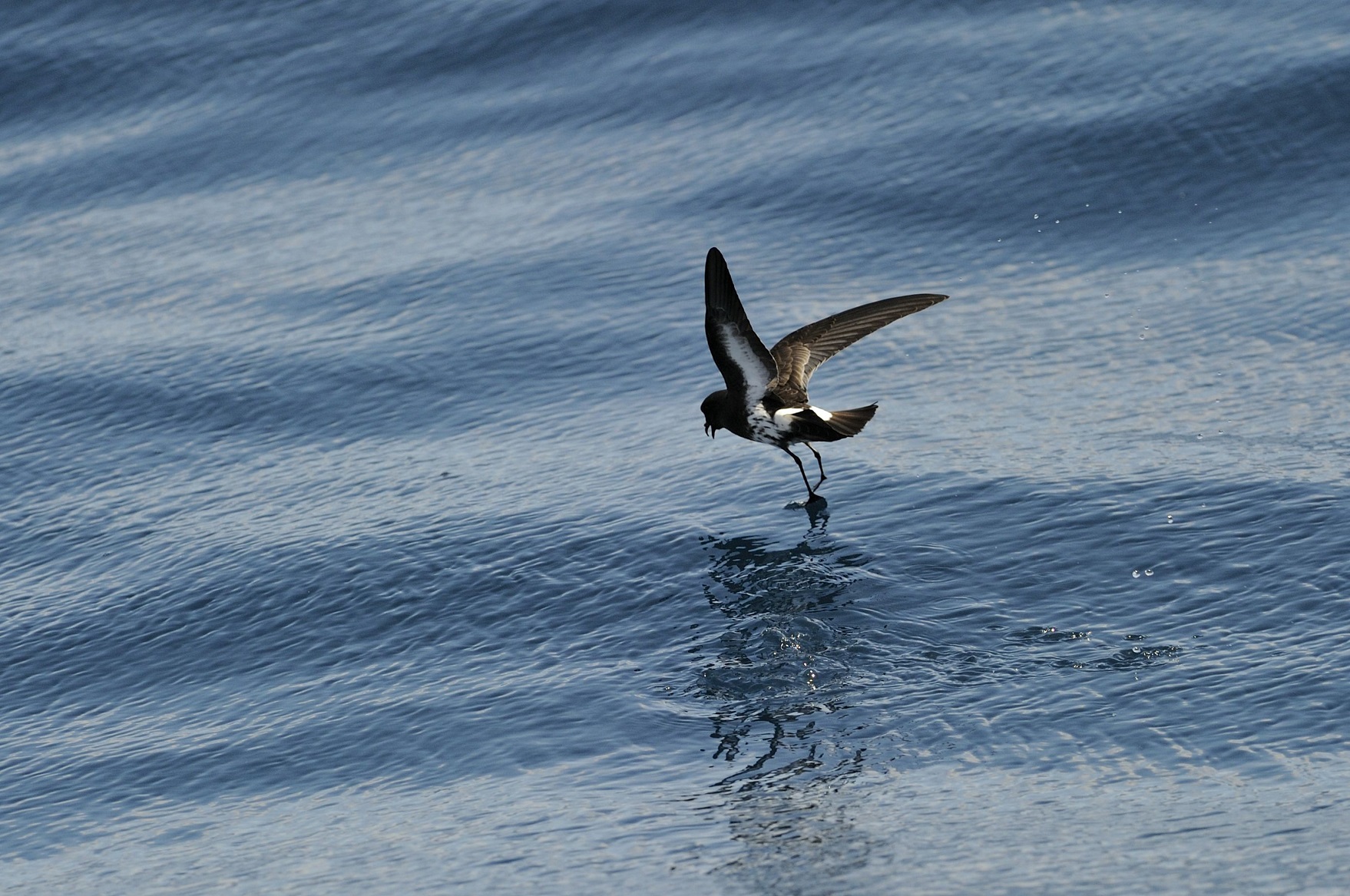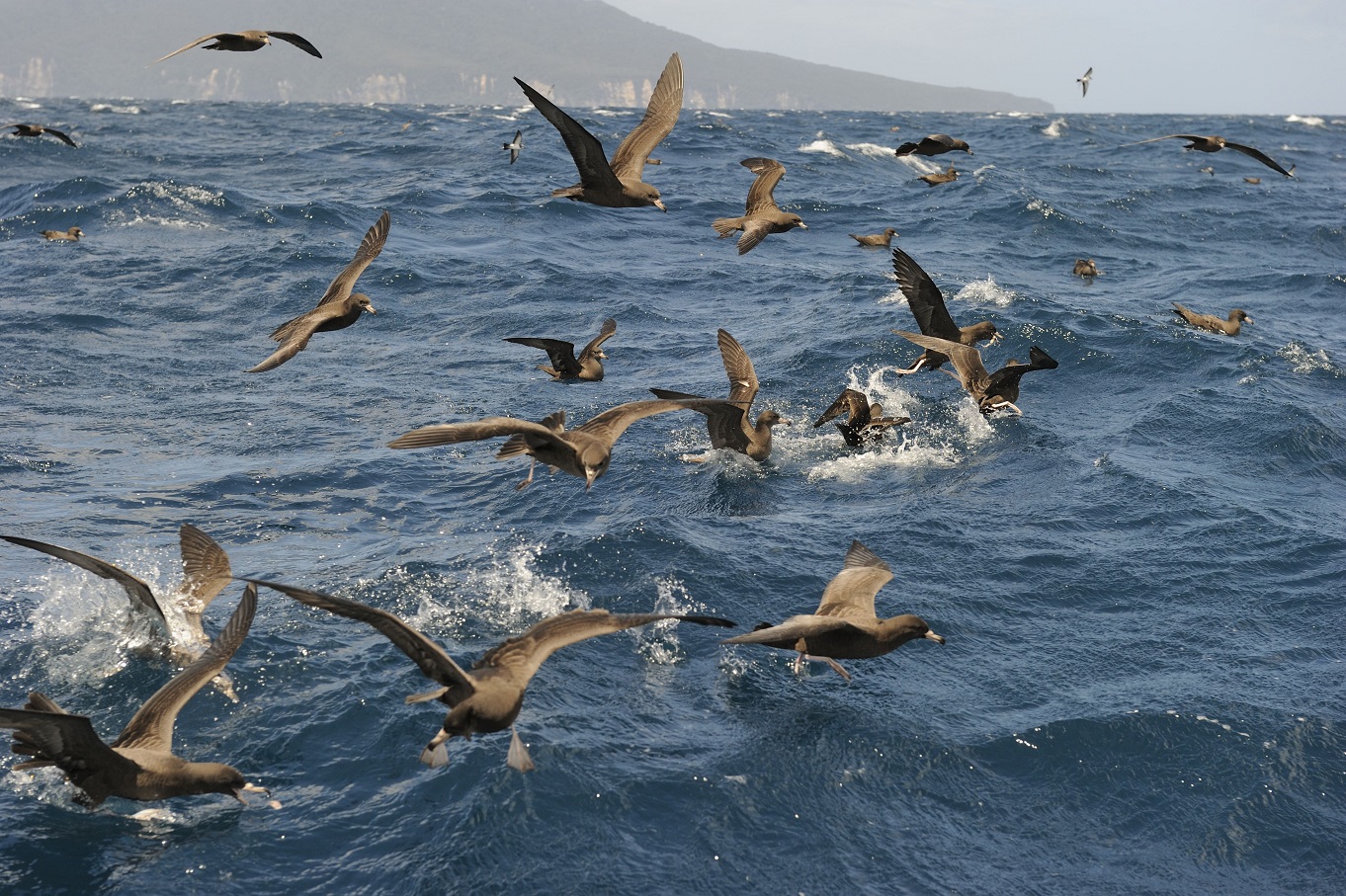
Rod Biss does not consider himself a bird man.
But looking back to his childhood in Wellington’s Eastbourne he can remember his father feeding the gulls.
"I just loved the look of them."
So it is possibly not surprising decades later when he visits Te Arai Beach near Mangawhai and sees the New Zealand fairy tern — one of New Zealand’s rarest birds which has teetered on the brink of extinction since the 1970s — that he is quite taken with them.
"Gulls are big beefy birds but the tern is such a delicate, beautiful bird."
Curious about the birds, he began researching them and discovered their plight. The birds, whose total population is fewer than 40, only breed in four locations in sand dunes and estuarine areas at Papakanui on the Kaipara Harbour and at Pakiri, Mangawhai and Waipu on the east coast north of Auckland. They are often at risk from high winds, people, four-wheel-drive vehicles and predators such as cats and stoats. A few decades ago the population dropped to 10 individuals.
"They’re back from the brink, so to speak, now."

"It was a huge worry at the time; there were many articles in the [New Zealand] Herald. When I read they were at risk, it sort of stayed in my mind. So I thought it would be nice to write a song about them."
He got in touch with poet, musician and ecologist Denys Trussell, whom he had known for years, suggesting they do a song together.
"He was enthusiastic about it, you know, as he was involved in all that sort of thing anyway. So he said he would write one."
When they got together to talk more about the project, Trussell encouraged Biss to extend the project to other birds, starting with the countless ones inhabiting the Hauraki Gulf.
Then they thought the next song should be a comedy and decided the pukeko would fit, the third they wrote about the tern, before turning their attention to the New Zealand falcon, a bird that made an impression on Trussell when he saw one in Central Otago.
"The pukeko makes for a good light-hearted song and the most impressive one, the New Zealand falcon, is a really wonderful-looking bird. So it made a sequence of them."
For Biss, who turns 90 this year, composing the music in 2014 happened almost without effort.

He attributes that ease to the wonderful words of Trussell that brought to life the struggles and personalities of the different birds.
"The description of the falcon is wonderful and laughing at the pukeko, he did that really well, I think."
The songs have been occasionally played over the years and Biss is thrilled that Dunedin Symphony Orchestra principal guest conductor James Judd, New Zealand Symphony Orchestra music director emeritus, selected his works to perform.
"I heard Rod Biss’ Four New Zealand Bird Songs some years ago. Since then, I have looked for an opportunity to include them in one of my programmes. It seems to me that they fit the chef’s menu on this programme most beautifully.
"His music absorbs and illuminates the flowing lines of Denys Trussell’s poetry with vivid sensitivity."
It was also a chance to celebrate the contribution Biss has made to the musical world in his "modest way", the conductor says.
As well as composing, Biss is known for his music journalism, having co-edited the collected piano music of Douglas Lilburn with whom he had studied music at Victoria University College.

"I interviewed him [Judd] many years ago; we talked about all sorts of things."
Along the way, Biss has also had several of his compositions performed in London. His Sonata for Violin and Piano was performed several times by Frances Mason and Ashley Lawrence. Concerto for Piano and Strings was premiered at a New Zealand Music Society concert by Ashley Lawrence (piano) and an orchestra conducted by Peter Zwartz. His Introduction and Allegro for Strings was performed in the Wigmore Hall by the Riddick Orchestra conducted by New Zealander Robert Philpott.
"It is best called a hobby as I haven’t written a lot but I know what I’m doing."
In the 1990s, together with John Thomson as librettist, Biss wrote a music theatre piece, Marriage a la Mode. In 2008 the Opera Factory in Auckland performed the piece as part of a festival of short New Zealand operas.
"Witi Ihimaera came along and was very impressed by it. He came along to the bookshop a few weeks later and asked if I would like to set waiata aroha. Three of them have been workshopped by the NZSO but sadly it has not gone beyond that."
All of this was alongside his day jobs which not surprisingly started out in music.
"I grew up in a musical family. My mother played the piano and I always liked music."
When he went overseas after studying for his music degree, he got a job in music which eventually led to music publishing.

"It was wonderful."
He returned to New Zealand to be closer to family and joined Peter Zwartz to form Price Milburn Music Ltd where until 1981 he was responsible for building up the catalogue of music by New Zealand composers and educational publications.
"It was hard going trying to make money out of music in New Zealand to be honest and I got out of it and my wife and I bought a bookstore in Herne Bay."
It was then he was invited to do some reviews for a music magazine.
"I love writing, going to concerts and listening to records.
"It’s an enjoyable part of my life really. We’re retired now but I still do a bit of writing."
TO SEE
Bach and the Birds, Dunedin Symphony Orchestra, King’s and Queen’s Performing Arts Centre, August 3-4.












